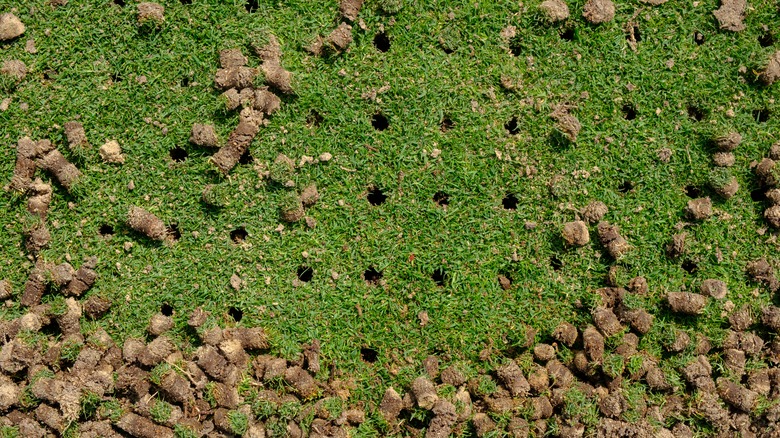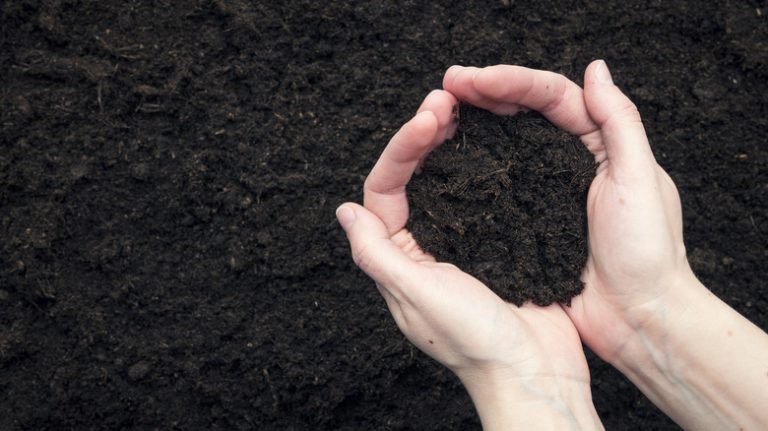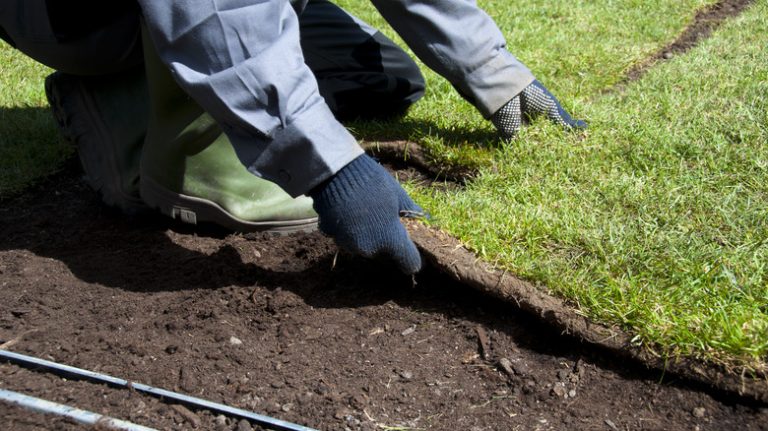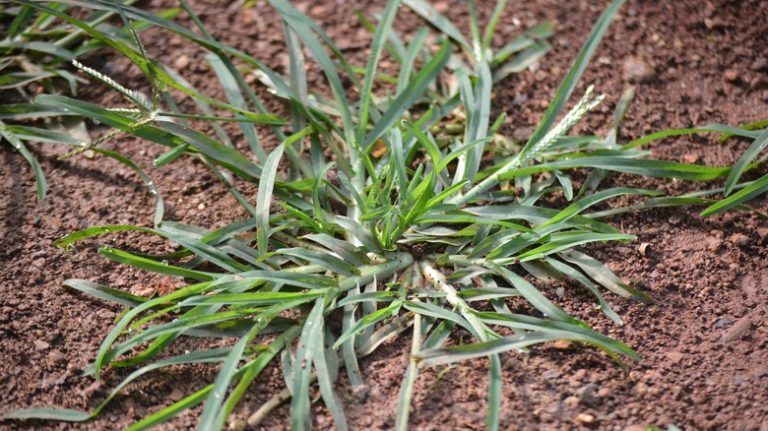Aeration is an essential part of healthy soil and healthy lawns. However, there are a few things to keep in mind when considering aerating your lawn. Spike aerator or core aerator: which is ideal? Residential lawns require different care and management than professional turf lawns like golf courses. Additionally, even when it comes to residential lawns, there are a few things to consider before you jump to aeration.
As a professional landscape and horticultural expert, I’m going to let you in on some little-known industry secrets that will save you time, money, and a whole lot of effort. Ultimately, and it does vary depending on the conditions of the lawn, a core aerator is best. However, it’s not so simple. Remember that while a lawn may seem inanimate, it is a living, breathing organism interacting with soil, another living organism. Furthermore, before considering aeration, it is crucial to consider the type of turf grass you have, the kind of soil you have, and if compaction is even your lawn’s issue or if something else is happening. If you want to aerate your lawn for healthier grass but are unsure what the best type of aerator for your lawn is, you’re in the right place.
What is lawn aeration, and why is it important?
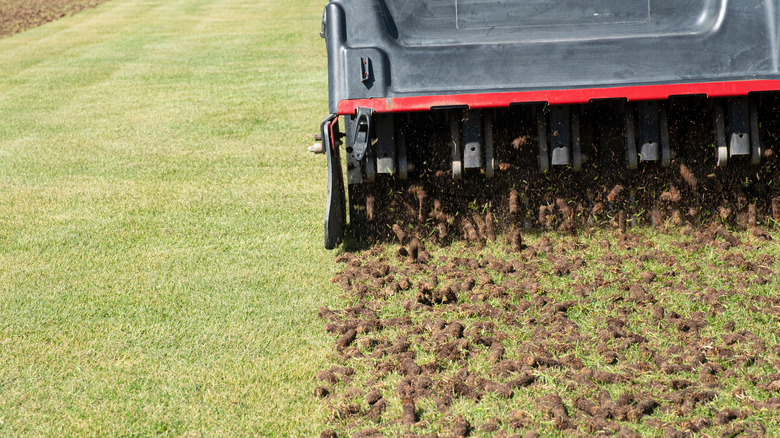
It’s well known that all living things need to breathe, and your grass lawn is no exception. Aeration is the process that involves perforating or making small holes in a lawn to help air, water, and nutrients better circulate through the soil and reach the roots, encouraging a deeper, more robust root system and a healthier, greener lawn overall. Aeration is necessary in heavily compacted soils due to heavy foot traffic or because the soil is more clay-based and prone to compaction. Soil compaction means your grass’s roots cannot penetrate the soil correctly; thus, the grass grows poorly and is susceptible to fungal damage. Aeration encourages healthier soil and more robust roots that build resilience into your lawn in the long run.
Compaction does not allow your grass to absorb nutrients, meaning any fertilizer you add to your lawn washes right off and contributes to the pollution of our waterways and ecosystems. Poorly aerated soil will not properly absorb water either. It may puddle in certain areas or just slick right off your lawn and become more harmful runoff. Additionally, proper aeration is important because a well-aerated lawn can fend off weeds, grow thicker and fuller, and help curb water pollution. It is also considered an ecological practice as healthy and thick grass blades create more oxygen in the air, allow us to breathe better, and improve air exchange between the soil and the atmosphere.
Choosing the right aerator for your lawn
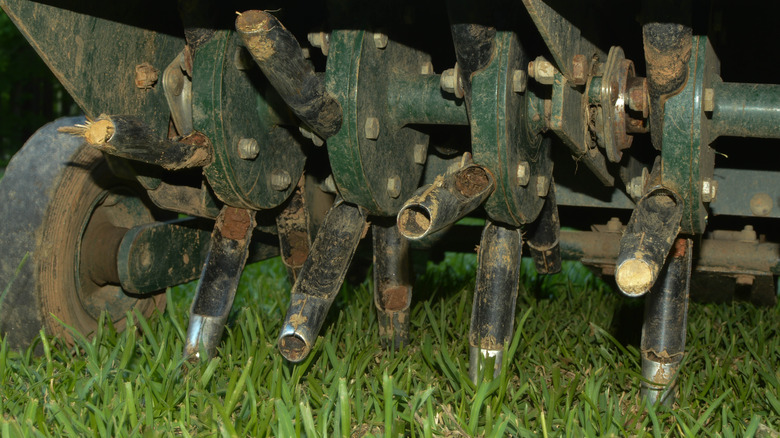
There are two main kinds of commercial aerators for lawns. Generally, the most common are the spike aerator and core or plug aerator. Spike aerators poke holes in the ground with metal tines. They are primarily manual, but some hook up to a lawn mower. The core or plug aerator punctures the soil with metal tubes that pull out a “core” of soil, leaving plugs of compacted soil behind. Core aerators are best for large spaces, and to be quite honest, they work better than spike aerators. Spike aerators take much more time and effort and are less effective overall. This is because they simply push the soil into the ground under the spike, which, over time, can actually lead to even further compaction.
Core aerators are much more efficient because they remove soil from the ground, allowing for better airflow, water, and nutrient absorption. You can easily rent a walk-behind aerator from your nearest Home Depot or Lowes, and while it may be pricier than a spike aerator, it will save you more money in the long run. Lawn aeration is an essential ecological practice and an important part of basic lawn maintenance. Pro tip: Check your local university’s agricultural extension office to learn about your type of turf grass and when is the best time of year to aerate your lawn.

